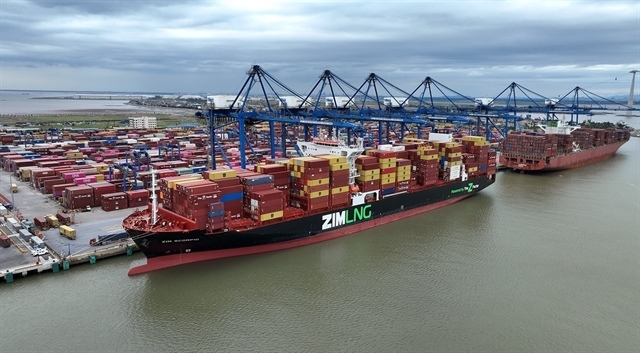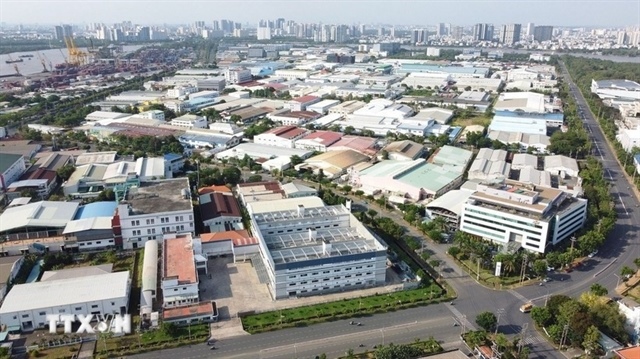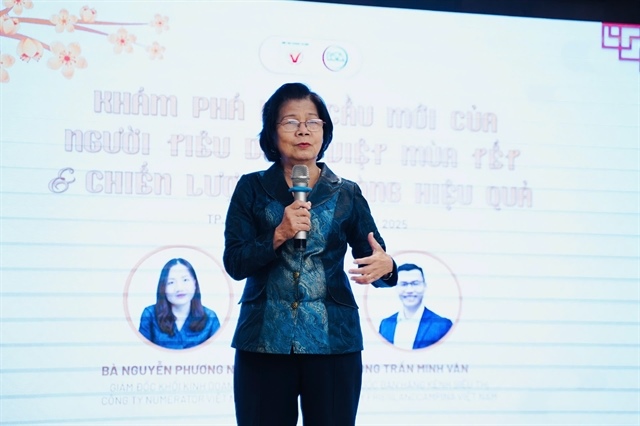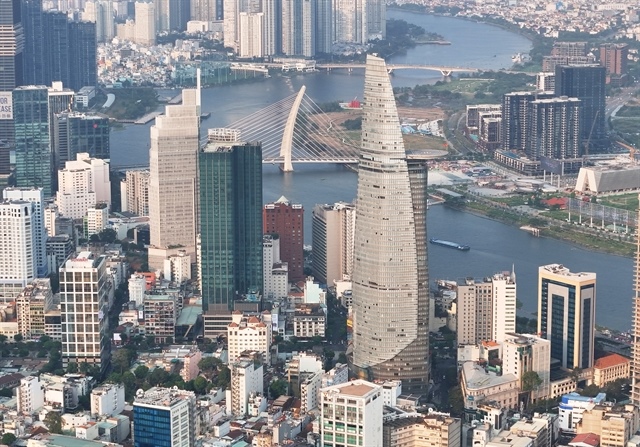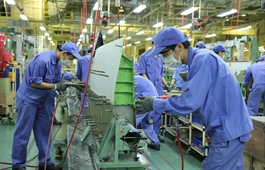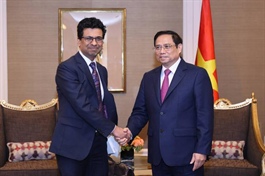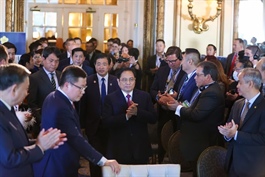Q3 set to be tough period for inflation
Q3 set to be tough period for inflation
The third quarter will be the most stressful period for inflation, said Tran Toan Thang, head of the National Centre for Socio-Economic Information and Forecast, at a conference on the Viet Nam Annual Economic Report 2022.

The conference was organised by the Viet Nam Institute for Economic and Policy Research (VEPR) in Ha Noi on Friday.
The report highlighted that the Vietnamese economy is in the process of recovery but will continue to face many difficulties this year.
Inflationary pressure and production costs are increasing strongly. In addition, risks from the Russia-Ukraine conflict have a huge indirect impact on the country's economy.
The slowdown of the global economy and important partner economies of Viet Nam, especially China, which is continuing its "Zero COVID" policy with strict measures, can stress the Vietnamese economy, disrupting supply chains.
Talking more about inflation risks, Thang said that from the middle of the year to the third quarter, there would be more inflationary pressure caused by the trend of rising input costs globally.
Economic expert Can Van Luc believed that this year's inflation rate must be double that of last year or more, likely surpassing the target of 4 per cent set by the National Assembly. The current difficult policy was to raise interest rates or not, he noted.
Increasing interest rates to tighten cash flow would control inflation, but rising interest rates would curb the economy's overall growth because capital for businesses was tight, he explained.
In addition, Luc also pointed out some other concerns with the Vietnamese economy that the quality of growth had been changed in the past two years due to the COVID-19 pandemic, labour productivity was very low, only growing by about 4-4.5 per cent, much lower than the pre-COVID years, while the financial market and the real estate market exposed too many problems.
VEPR offers three scenarios of economic growth this year. Specifically, Viet Nam's GDP growth rate could reach 5.7 per cent in the base scenario, which is more likely to occur.
In the positive scenario, the growth rate could reach 6.2 per cent, and in the negative scenario, the growth could only increase by 5.2 per cent.
Consumption demand will recover relatively well, and imports and exports can reach a growth rate of 13-14 per cent.
Experts emphasised the need to continue deploying the economic recovery supporting packages more effectively, targeting industries with positive spillover effects. Policies to support businesses needs to be more practical.
The research team recommended close monitoring, full assessment and timely measures to respond to the problem of imported inflation, the influence of the Chinese economy with the "Zero COVID" policy, the Russia-Ukraine conflict and other possible risks.


